Slavs, Avars and Byzantium. The beginning of the VII century
Campaign in the heart of the Avar Empire.
In 600, the emperor-general Mauritius sent a large army, liberated in the East, against the Avar state. The expeditionary army was to strike at the lands where the Avars lived. In the basin of the Tisza River, the left tributary of the Danube, originating in Transcarpathia, in the interfluve of the Tisza and the Danube, the right bank of the Danube until the Drava flows into it. Territories where, according to archeology, the main monuments of the Avar culture are located (C. Balint).
After three battles, the kagan fled to Tisu, the master Priscus sent thousands of horsemen after the 4 Avars. Beyond Tisza, they destroyed the settlement of Gepids and “other barbarians”, killing 30 thousands, it must be said that this figure is questionable by many researchers. Theophylact Simocatta, when he writes about "other barbarians," separates them from the Avars and Slavs.
After another battle lost, the kagan tried to take revenge: along with the Avars, the Slavs fought in a separate army. Victory was on the side of the Romans, captured three thousand Avars, eight thousand Slavs and six thousand other barbarians. Theophanes of the Byzantine has slightly different figures: he has an important clarification, indicating that hepids (3200) and other barbarians, most likely the Huns, were also captured. All of them were in the same ranks with the Avars, and the army of the Slavs fought separately.
The prisoners were sent already to the city of Tomis (modern Constanta, Romania) on the Black Sea coast for 900 km, but the emperor ordered the kagan to be returned without ransom.
As we see, and what Fredegest wrote about, even the Avar army was largely composed of Slavs. They actively participate in the war on the side of the Avars, as their subjects and tributaries.
In the same period, local hostilities took place between the Romans and Slavs in Dalmatia.
Where did the antes go?
At the same time, the Antes, who were constantly fighting the Avars with varying success, periodically falling into their tributaries, remained independent. Perhaps tributaries of the Ant tribes closest to the Avars became. Moreover, the success of the campaign of Priscus could be due to the fact that the Antes, who from time to time were allies of the Romans, were again drawn to the side of the empire and maintained neutrality.
In 602, the Avars led by Apsikha (Αψιχ) again set out against Byzantium. But Apsih, frightened by the army of the Romans at the Iron Gate (the place of convergence of the Carpathians and Stara Planina on the border of Serbia and Romania, below the city of Orshov in Romania), changed the direction of the campaign and moved 500 km from here to the Antes as allies of Byzantium. This distance should not be surprising, the Avars constantly wandered, every year they made hikes: from Byzantium to the territory of the Franks.
In addition to political issues, the Avars considered the Ante lands richer than the Byzantine ones, since they were less subject to invasion. (Ivanova O.V., Litavrin G.G.). The tribal union of the Ants was dealt a crushing blow:
Theophanes the Byzantine, using the previous evidence, wrote:
It is difficult to agree with the conclusions that the Avars could not defeat the Ants.
Firstly, this does not follow from the text why the Avars moved to the Romans, and who they were: Avars or Bulgarians, and whether they moved due to difficulties in fighting the Ants or for another reason, it is not clear.
Secondly, this contradicts the “doctrine” of waging war in the steppes, which the nomadic Avar Union strictly adhered to. What we see repeatedly in the wars of nomads: the Türks pursue the Avars for a long time, the Tatars go half the world in pursuit of tributaries of the Kipchaks. And the author of the Stratigikon insightfully emphasized this:
What a tactic, such a strategy.
Perhaps the campaign against the Ants could not be a one-time act.
Thirdly, after this period, the antes practically disappeared from the pages historical sources. The use of the term "Antsky" in the title of Emperor Heraclius I (610-641) indicates not a reflection of political realities, but about the traditional for the late Roman and Byzantine tradition of wishful thinking.
Fourth, obviously, the Ants union broke up: the main tribes that were part of it moved to new habitats.
One part of the Ants remained on the site, most likely, outside the Avar interests, between the Dniester and the Dnieper, between them later tribal unions of Tiver and streets will be formed, with which the first Rurikovich will fight. Other tribal unions leave the northern Danube, while in diametrically different directions, as happened with the Serbs and Croats. Konstantin Bagryanorodny wrote in the 10th century about the legendary history of the Serbs:
Events related to the tribes of Serbs and Croats are very similar to the situation with the dulebs.
It was a Slovenian tribal union, formed in Volyn in the VI century. The future tribes of Drevlyans and Polyans belonged to the Duleb Union.
Some researchers associate it with the Valinan tribe of the Arab geographer Masudi:
Perhaps this was not a political union that took shape in the first half of the 6th century, and Madzhak (personal name or position) was the high priest of the cult union (Alekseev S.V.).
In the second half of the VI century. Avars defeated this alliance. “These arcs fought against the Slavs,” we read in the PVL, “and oppressed the dulebs, also the Slavs.”
Part of the dulebs went to the Balkans, part to Central Europe (Czech Republic), and the rest fell under the Avar yoke. Perhaps they were moved by the Avars to other lands, but the sources are silent about this. Probably, the story of the “tormenting” of the Duleb wives refers precisely to these dulebs, since part of this tribe found themselves in close proximity to the center of the Avar state (A. Presnyakov).
The same situation forced the Croats and Serbs, members of the Antian tribal union, to begin resettlement. It is known that Croats and Serbs appear on the borders of Byzantium at the beginning of the 7th century, where Slovenian tribes were already present. And the smaller tribes from the Antes, for example, the north, are moving towards Thrace and Greece, the Sorbians (Serbs) - in the western direction, the other part of the Croats - in the north and west. This new Slavic movement coincided with major changes in Byzantium, and with a period of weakening power of the Haganate. About this in the next article.
Why did the Slavs not have a state?
We do not have data on what socio-political events took place within the framework of the Antian tribal union; most likely, it was an amorphous “confederation” of kindred tribes, with the periodic prevalence of some kind of tribe or alliance of related tribes. The difference between the Slavs and the Ants was only in one: the second one had already formed this union at the beginning of the VI century, the first did not, therefore the Slovenian tribes were much faster conquered by nomadic Avars.
What control system did the ants have? If in the IV century. they, along with the leader, were ruled by elders, then the institute of elders or “elders of town”, zupans, similar to the tribal senators of Ancient Rome, was preserved even in this period. The supreme power, if it was permanent, was represented by the leader, not of a military type, but of the theological one, as in the case of Majak.
The bottom line for the transition to statehood is the moment the “chiefdom” emerged. We can say that in the VI century. Slavic society, especially Antian society, which was not directly dependent on the Avars, stood on the verge of transition to a “chiefdom”.
We know a number of military leaders (praslav. * Kanzhz, * voldyka), such as Anty Mezamer or Mezhimir, Idarizia, Kelagast, Dobretu, or Slovenia Davrit, Ardagast and Musoky and Perogast.
And here is how these princes acted, the legend tells us, preserved in the undated part of the PVL about Kiev, Schek and Horeb, the “founding leaders” or simply the heads of the clans, the Polyana tribe, the Slavic, and not the Antian group.
Management was based on the principle: each prince in his own way, as Procopius of Caesarea wrote, is not controlled by one person. Cue, perhaps involved in military activities, went to Constantinople with his clan, rather with the male part of it, which is the militia of the clan, and on the way thought to establish, for a kind of town on the Danube. These events took place in the VI century. (B.A. Rybakov).
Thus, the Ants and the Slavs did not have a single leadership at the tribal level, and management was carried out at the level of clan and tribe. The leaders were military leaders (temporary or permanent) for raiding, but not managing the society, which could unite with allied leaders to increase forces.
The main organ was the assembly of all the free - the veche.
This structure was opposed by a nomadic organization soldered by the most severe discipline, to cope with which in those conditions without outside assistance to the tribal Slavic society was practically impossible.
And this concerns the victory of the Avars over the Antian alliance.
But this situation gave impetus to “resettlement”, often within the framework of an established tribal structure it is impossible to “overcome” tradition, and resettlement opened up new opportunities that contributed to the formation of the institution of “chiefdom”, without which the transition to an early state was impossible (Shinakov E.A. ., Erokhin A.S., Fedosov A.V.).
Danube border and the Slavs, beginning of the 7th century
In the same 602, the emperor of Mauritius instructed his brother Peter, with all the Western armies, to transport the Slavs beyond the Danube to the lands of the Slavs in winter in order to live there by robbery. In the "Stratigikon" of Mauritius, which other researchers just identify with the emperor, it is the tactics of fighting in the winter, when Slavic soldiers and the population have nowhere to hide, when traces of the persecuted are visible in the snow, and is considered the most successful:
But the army, long dissatisfied with the greed of Vasileus, decided that being in the winter among the barbarians was an extremely dangerous and difficult enterprise, and as a result rebelled.
After the accession of the new soldier's emperor, the hecatathonarch-centurion Foki, Sasanian Iran used the coup and execution of the emperor and named father Shahinshah Mauritius as an occasion for war. The army that committed the uprising was sent to the Persian front, the Balkans were left without operational army cover. The Avars signed the world, but continued to send Slavs subject to them into raids.
At the same time, the Allangas Avars sent the Lombards the last of the Italian shipbuilders:
Perhaps it was the Slavs who adopted shipbuilding skills. In the 20 of the VII century. they devastate the islands of the Aegean Sea and reach the coastal cities in Asia Minor. In 623, according to the Syrian "Mixed Chronicle", the Slavs attacked the island of Crete. Although they could do this on their monoskil boats too. We have no other data on the use of ships by Avars.
In 601, the Avars, in alliance with the Lombards, attacked Dalmatia, leading the captive population to Pannonia. After the signing of the eternal peace between the Avars and the Lombards, an auxiliary army of the Slavs was sent to Italy to help King Agilulf, who participated in the siege and the capture in 605 of Cremona, and possibly several more fortresses, including the city of Mantova.
It is difficult to say whether the Slavs who settled in the Eastern Alps were still dependent on the Avars, but in 611 or 612 they attacked Bavar (Tyrol, the town of San Candido or Innichen (Italy)) and plundered their land, and in the same In the year, as Pavel Diacon writes, "Istria was terribly devastated and the soldiers who defended it were killed." In 612, the center of the province, the city of Solon, was captured by the Avars and Slavs. Archaeologists note traces of fires in towns in the area of modern Poric and Pula in Croatia.
At the same time, under the pressure of the Avar authorities, the Slavs began a massive resettlement beyond the Danube. In addition to all kinds of duties, the tribute to the Avars was half the harvest and all income. The absence of an army of Romans contributed to this. In the beginning there were armed tribal detachments that cleared the territory of the Romance detachments, then the whole tribe resettled. The process was fast. Many territories were simply neglected, as they were constantly raided, in other places the Slavs established their power and settled next to the Romanized or Greek population.
In general, due to the fact that Emperor Heraclius defined the eastern front as the main front and that, undoubtedly, it was, less attention was paid to other territories. This led to the fact that Irakli himself was almost captured by the Avars, while trying to negotiate peace with them.
The first siege of Constantinople
And in the spring of 626, the Sassanid troops approached Constantinople, they may have had an agreement with the Avar Khan, or maybe they just acted synchronously and had to support each other. Nevertheless, since Constantinople was located on the European part of the strait, only the kagan could storm it.
Theophanes the Confessor writes that the Persians made an alliance with the Avars, separately with the Bulgars, separately with the Gepids, separately with the Slavs, about them as allies, and not subordinate to the Avars in this war, the poet George Pisida also wrote:
Most likely, tributaries-Slavs came with the army of the kagan, who participated in the assault from the water together with other subordinate Avars, Bulgarians. In the south, at the Golden Gate, perhaps there was an army of Allied Slavs.
29 July 626 Khan withdrew his troops to demonstrate power: the army consisted of Avars, Bulgarians, Gepids, but the bulk were Slavs. Kagan began to prepare the troops for the assault, while at the same time demanding that the Constantinople supply themselves with food, various dishes were sent to him. The Avars, led by the khan, were located opposite the city walls, between the Charisian gates (Polyandra gates) and the gates of St. Roman, the Slavs to the south, to the coast of Propontis (Sea of Marmara): “and countless hordes were loaded onto the dug boats, and to the north, in the area of the Golden Horn. The Avars placed siege weapons covered in damp leather, and twelve assault towers, equal in height to the city wall. Shelling began from the city, and then a sortie from the Golden Gate was made, here the Slavs were defeated.
At the same time, the Slavs launched the river Warvis (modern Kadzhitanessu), which flowed into the Golden Horn, odnodereki. The Golden Horn entered the squadron of Romans, which is located near Vlahern, then not yet protected by a wall.
Before the assault, the khan called the representatives of Byzantium to himself, he sat on the throne, three Persian ambassadors in silk sat next to him, and in front of them stood a representative of the Romans, who listened to the arrogant speech of the Hagan, who demanded the immediate surrender of the capital:
He did not discuss the proposed ransom and released the ambassadors with nothing, at night the Romans intercepted the Sassanid ambassadors: they threw one head into the Persian camp on the Malaysian coast, and the second, with their hands chopped off and the third ambassador's head tied, were sent to the Avars.
On Sunday, 3 of August, Slavic boats slipped under the cover of darkness to the Persians in order to transport their troops from there to Constantinople.
From Monday to Wednesday, a continuous assault began, both from the side of the earth, and from the side of the Golden Horn, where the Slavs and Bulgarians were on boats, as Grigory Pisida wrote about. The besiegers died in large numbers.
A general assault was scheduled for August 7, during which it was supposed to strike the city from the Golden Horn.
The boats were equipped with equipped warriors, or oplites according to Romance terminology (δπλίτα), as St. Sofia theodore Theodore Sinkell said in a sermon delivered a year after these events:
The heavily armed were not entirely in shells, since they would primarily not be psil, he could be in protective gear, or without him, but always with a large shield, spear and sword. Among the warriors on the boats were primarily Slavs, Bulgarians and other barbarians, among them were Slavs.
It is incorrect to say that only Avars were heavily armed, and the Slavs were only rowers, since all kagan who escaped from a defeat on water were ordered to kill, which is hardly possible with respect to their fellow tribesmen.
At a signal from the Pteron tower near the Blachernae church, the Slavs were supposed to sail along the River Warwiss and enter the Golden Horn, attacking the city from the less protected northern side, where the Venetians succeeded in 1204, thereby providing the main forces with the main assault on the city walls . But Patrician Vaughn (or Vonos), learning about this, sent triremes and diers to this place and lit a deceitful signal fire on the portico of the church of St. Nicholas. The Slavs, seeing a signal, entered the Golden Horn, where a storm probably began, caused by the intercession, as the Byzantines believed, of Our Lady herself. Odnodrevki turned over, despite the fact that some of them were interconnected, ships of the Romans fell upon them: beating on the water began. The Slavs in distress rushed to the gathering place near Vlacherna and here they fell under the swords of the Armenians of Vonos. Those who got to the eastern shore of the Golden Horn were killed by the eyes of the furious kagan of his warriors, only those who were able to swim to the opposite city of the northern shore of the Golden Horn were saved.
In the "Easter Chronicle" announced two versions of the departure of the besiegers. According to one, the kagan burned all the guns and moved back, the other - at first the Slavs left and the kagan was forced to go after them. Who were these Slavs is not completely clear: tributaries or allies? Perhaps tribal solidarity played a role here, but most likely, if we are talking about Slavic allies who did not want to put themselves at risk after the failure in the Golden Horn.
In honor of this event, an akathist began to be performed - a hymn in honor of the Most Holy Theotokos of Blachernae on Friday of the sixth week of Great Lent; this custom also passed to Russia.
This campaign was the last outburst of activity of the Avar Kaganate, since that time the sunset of the "nomadic empire" began.
To be continued ...
Sources and literature:
Garkavi A.Ya. Tales of Muslim writers about Slavs and Russians. SPb., 1870.
George Pisida. Irakliad, or at the end of the fall of Khosroi, king of Persia. Translation by S. A. Ivanov // Codex of the oldest written news of the Slavs. T.II. M., 1995.
Konstantin Bagryanorodny. "On the management of the empire." Translation G.G. Timpani. Edited by G.G. Litavrina, A.P. Novoseltseva. M., 1991.
Pavel Deacon "History of the Lombards" // Monuments of medieval Latin literature of the 4th - 9th centuries Per. D.N. Rakov M., 1970.
Pavel Deacon "History of the Lombards" // Codex of the oldest written news of the Slavs. T.II. M., 1995.
Patriarch Nicephorus "Breviary" // Chichurov I.S. Byzantine historical works: "Chronography" of Theophanes, "Breviary" of Nicephorus. Texts. Transfer. Comment. M., 1980.
PVL. Text preparation, translation, articles and comments by D. S. Likhachev. SPB., 1996.
Mauritius Strategicon / Translation and commentary by V.V. Kuchma. St. Petersburg., 2003.
"Chronography" of Feofan // Chichurov I.S. Byzantine historical writings: "Chronography" of Theophanes, "Breviary" of Nicephorus. Texts. Transfer. Comment. M., 1980.
Theophylact Simocatta "History". Translation by S.P. Kondratiev. M., 1996.
Alekseev S.V. Slavic Europe of the 5th — 6th centuries. M., 2005.
Kulakovsky Yu. History of Byzantium (519-601gg.). St. Petersburg., 2003.
Rybakov B.A. The early culture of the eastern Slavs // History magazine. 1943. No. 11-12.
Froyanov I.Ya. Ancient Russia. M., 1995.
Shinakov E.A., Erokhin A.S., Fedosov A.V. Ways to the state: Germans and Slavs. Pre-state stage. M., 2013.
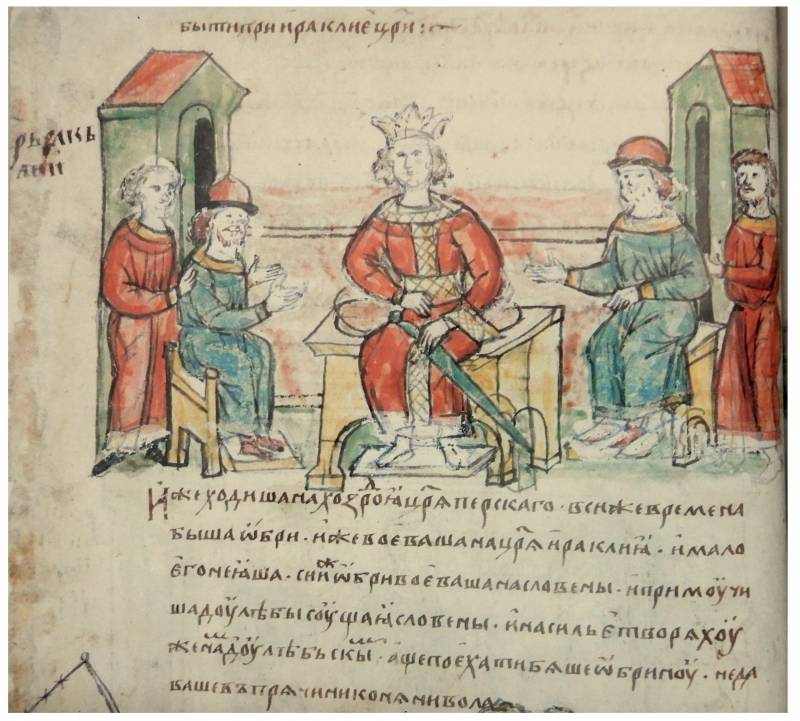

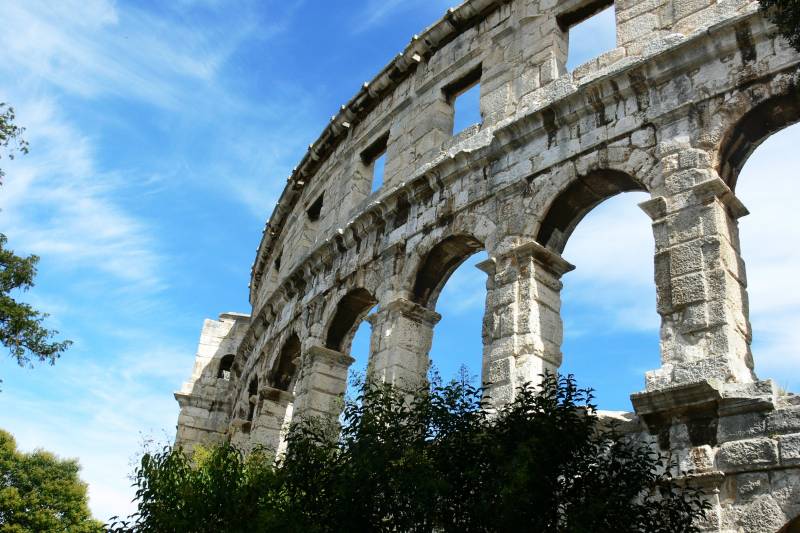
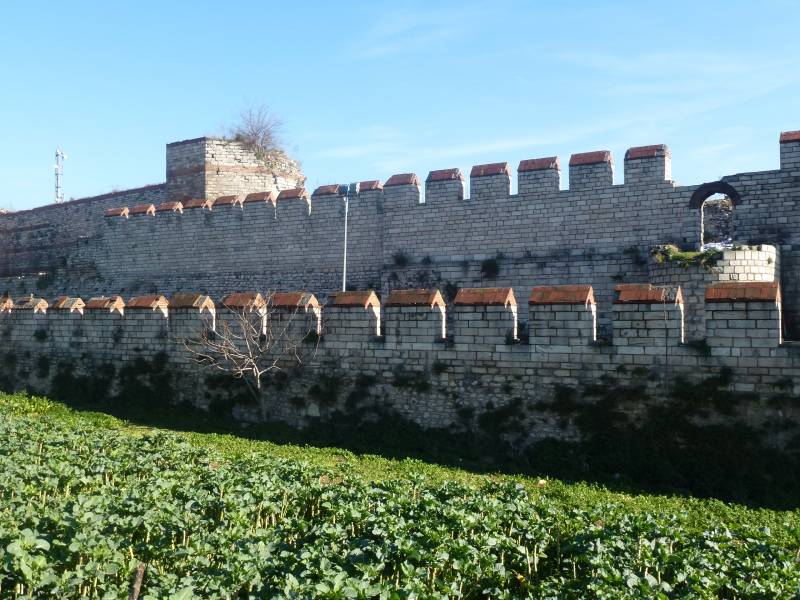

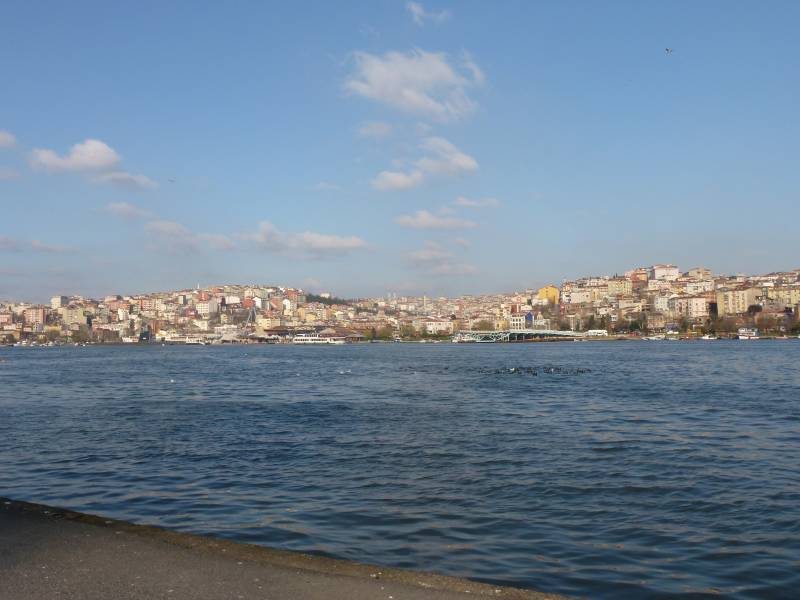
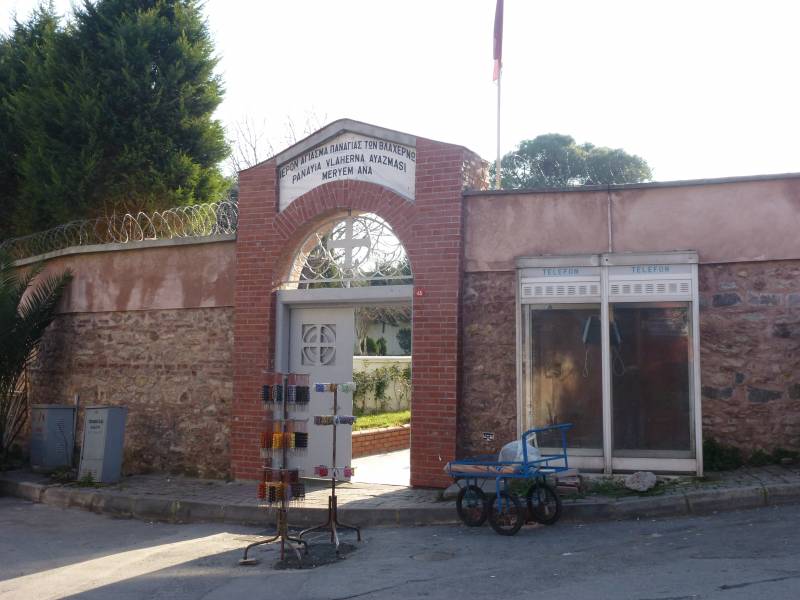
Information